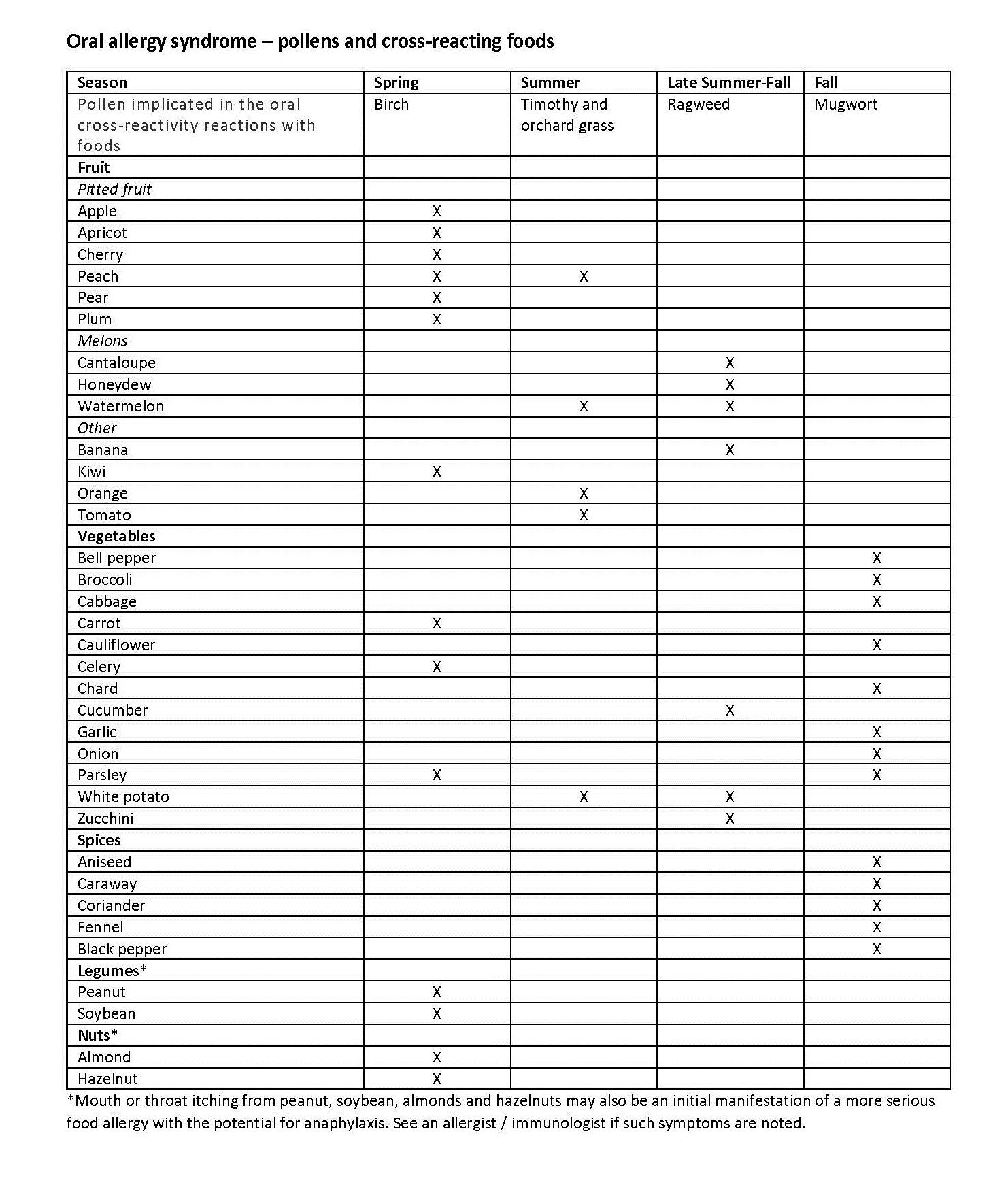

Simultaneous measurements of IgEs specific to many proteins from the same family using minimal quantity of allergen and sera are now possible, allowing many samples to be screened at reasonable cost. The introduction of microarray techniques featuring a large panel of purified allergens has been a major advance in the diagnosis of allergic diseases. These requirements make the study of cross-reactivity using classical approaches difficult, and require the use of higher capacity technologies. To address these issues, a large number of allergens of the same family and sera from a large number of patients are needed because of the heterogeneity of patients' responses. Understanding the factors and identifying the number of allergenic sources that are involved in cross-reactivity are essential for improving the diagnosis and treatment of allergic diseases. The cross-reactivity allergens share the same epitopes but can differ mainly in the identity of their primary sequences and often in their three-dimensional structure. This phenomenon is known as cross-reactivity and is a major concern in allergy. The fact that allergic patients sensitized to a particular allergen can exhibit an allergic response to other agents shows that the same IgE antibodies are able to recognize homologous allergens from different species that share the same epitopes. The funders had no role in the study design, data collection and analysis, decision to publish, or preparation of the manuscript.Ĭompeting interests: None of the authors has any conflict of interest, or has received any money from biotechnology and/or pharmaceutical manufacturers for the present study. J Aguirre has been supported by the Ministerio de Ciencia e Innovación (project FIS2011-27569) and Comunidad de Madrid, R&D Program of Activities, grant MODELICO-CM S2009ESP-1691.

C Gómez Casado and L Tordesillas have been supported by training grants from the Spanish Government (FPI and FPU programmes, MEC, respectively). This is an open-access article distributed under the terms of the Creative Commons Attribution License, which permits unrestricted use, distribution, and reproduction in any medium, provided the original author and source are credited.įunding: Ministerio de Ciencia e Innovación (projects BIO2009-07050 and SAF2008-04053) and FIS-Thematic Networks, and Co-operative Research Centers: RIRAAF (RD07/0064). Received: SeptemAccepted: OctoPublished: December 14, 2012Ĭopyright: © 2012 Palacín et al. (2012) Graph Based Study of Allergen Cross-Reactivity of Plant Lipid Transfer Proteins (LTPs) Using Microarray in a Multicenter Study. This approach has proven itself to be a good tool to study cross-reactivity between members of LTP family, and could become a useful strategy to analyze other families of allergens.Ĭitation: Palacín A, Gómez-Casado C, Rivas LA, Aguirre J, Tordesillas L, Bartra J, et al. 212 patients with fruit allergy and 117 food-tolerant pollen allergic subjects were recruited from seven regions of Spain with different pollen profiles, and their sera were tested with allergen microarray. Fourteen LTPs from the most frequent plant food-induced allergies in the geographical area studied were printed into a microarray specifically designed for this research.

This enabled us to include a wide number of proteins and a large number of patients, and to study sensitization profiles among members of the LTP family. the allergic response of many patients and providing them with a rational treatment In the present study, protein microarrays and a co-sensitization graph approach were used in conjunction with an allergen microarray immunoassay. The study of cross-reactivity in allergy is key to both understanding.


 0 kommentar(er)
0 kommentar(er)
